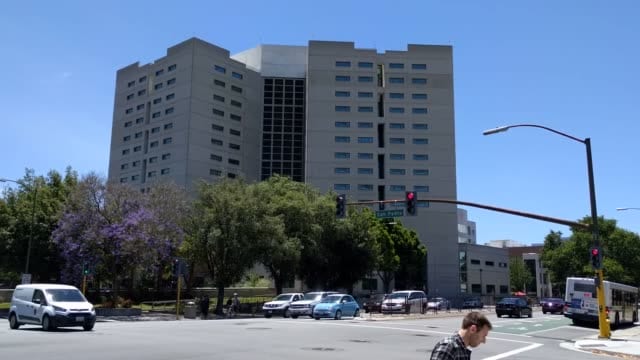In 2011, Gov. Jerry Brown signed AB 109 after the Supreme Court ruled California’s overcrowded prisons violated inmates’ 8th Amendment rights against cruel and unusual punishment.
It was and has continued to be portrayed to the public as a good thing. A “reward” for nonviolent and non-serious offenders. While the law may allow inmates to serve sentences closer to home, that’s about where the benefits for inmates ends. AB 109 means that nonviolent and non-serious offenders serve prison sentences in county jails.
On paper, it is still a prison sentence. So, they’re serving a prison sentence just without the privileges eligible to inmates in prison. Those serving time in the county under this law lose out on opportunities nonviolent and non-serious offenders have access to in prison.
My husband is currently incarcerated in the county under AB 109 serving a 6-year sentence with half time, meaning he has to serve three years. If he served his prison sentence in prison, he would only have to serve a third of the time and would’ve been released after two years. Inmates also lose out on access to GED, vocational training and even college courses because they are not offered in the county.
They are unable to participate in the CalFire camp program because, again, the program is not offered in county jail. Visits are behind glass whereas in prison they are face to face and families can even work toward earning the privilege of being able to have overnight visits.
Most recently, Gov. Gavin Newsom announced California’s plan to release 8,000 inmates due to the COVID-19 pandemic. The first wave will release nonviolent and at-risk inmates with less than 180 days left in their sentence. My husband is incarcerated on a nonviolent charge, has no violent charges on his record and has less than 145 days left of his three year sentence. He is not eligible though simply because he is a nonviolent offender. County jails are built for inmates to be there for no longer than a year.
But under AB 109, they are serving multiple years — sometimes even decades. None of this seems like a good thing for nonviolent inmates.
It is a punishment, and what message is that sending? The only people benefiting from this realignment law is the state. They are putting the burden onto the counties and the inmates.
The state is keeping these inmates from accessing privileges that aid in their rehabilitation and help them prepare for their return to society. These inmates are also being put at an extreme risk of contracting the COVID-19 virus due to the high turnover rate of inmates being booked in from the streets.
Newsom and the California Department of Corrections need to start correcting this injustice and including AB 109 inmates in those eligible for early release due to COVID-19 is a good place to start.
Natalia McEssy is a small business owner and a California certified crisis counselor. She’s spent years researching and fighting for changes within the correctional system.



Leave a Reply
You must be logged in to post a comment.